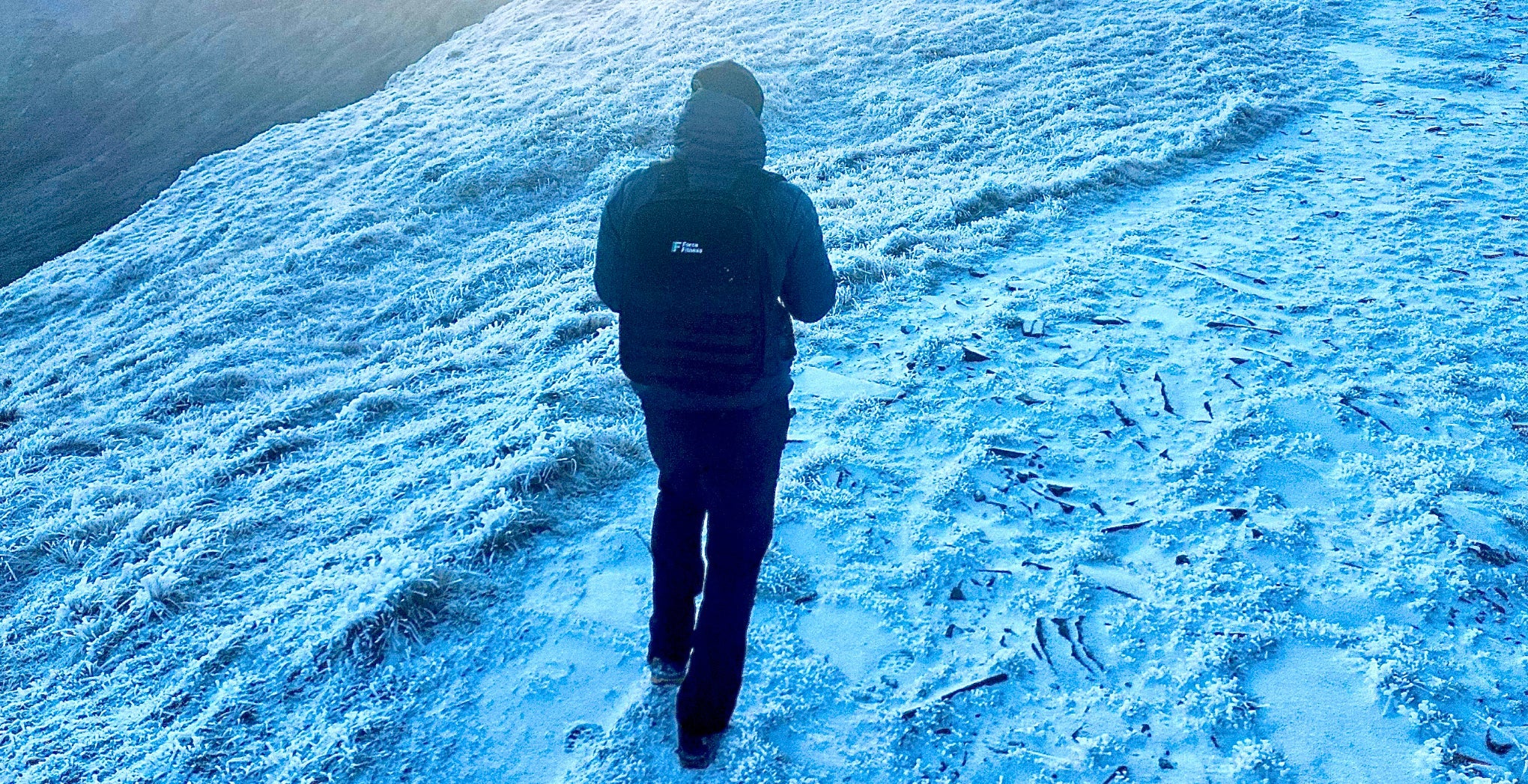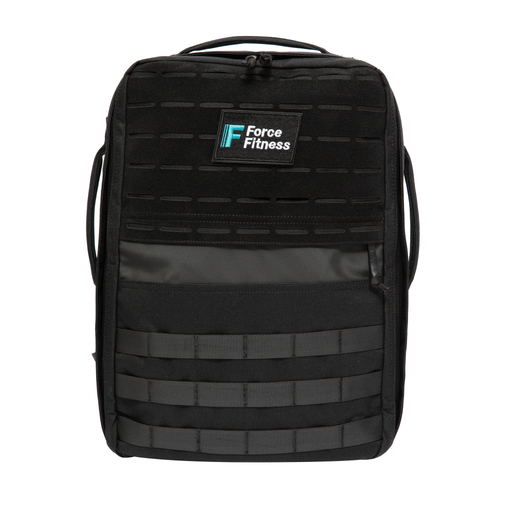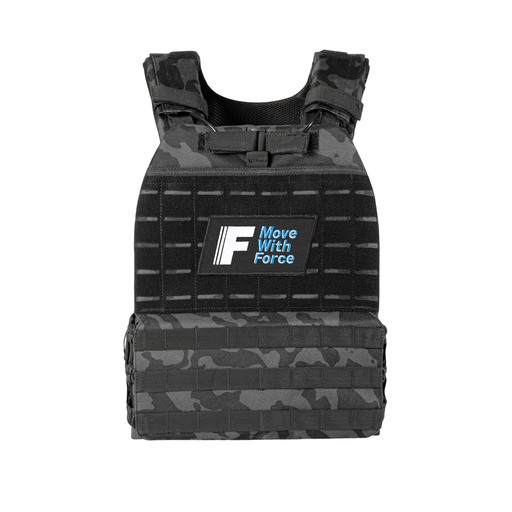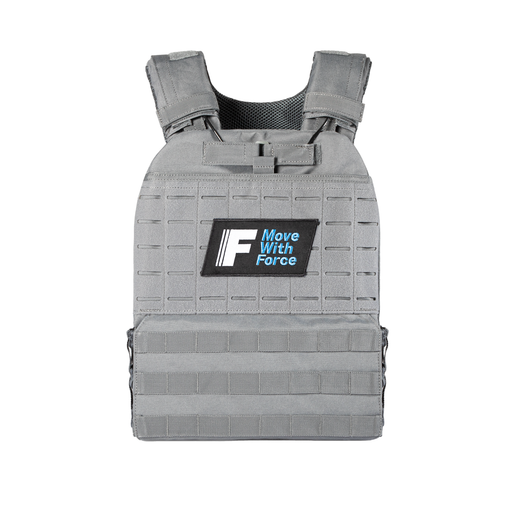
Winter Rucking: How to Train in Cold, Wet, and Unforgiving Conditions
Rucking isn’t a fair-weather pursuit. The real benefits show up when conditions are stacked against you. Cold, wet, dark mornings. Slippery trails. That’s where durability is forged. If you can carry load through winter, summer feels like a breeze. But there’s a right way to approach it — and a wrong way that leaves you injured, soaked, or burned out. Here’s how to ruck through winter like a professional.
Why Winter Rucking Hits Different
Winter adds two layers of resistance to your training: the environment and your mindset. Carrying 20kg on your back is tough in July. Add rain, mud, freezing wind, and the fight gets twice as hard. This is why militaries around the world deliberately train in poor conditions. It hardens you mentally, toughens your body, and forces you to adapt.
The payoff? By spring, you’re not just fitter, you’re resilient. You’ve conditioned your feet, your back, and your headspace to operate when others quit. That’s what Force Fitness is about: training for life, not just for good weather.
Gear That Won’t Let You Down
The wrong kit in winter doesn’t just ruin a session, it can put you out of training for weeks. Wet feet mean blisters. Poor layering means cold injuries. Bad load distribution means back strain. Get this part right first.
-
Footwear: Waterproof boots or trail shoes with aggressive grip. Your feet are your lifeline. Prioritise dry, warm, and stable.
-
Socks: Merino wool is your best ally. It insulates even when damp and reduces blister risk. Carry a spare pair in a dry bag.
-
Base Layers: Synthetic or merino. Never cotton. Cotton holds water and accelerates heat loss.
-
Outer Layer: A shell that blocks wind and rain but still allows sweat to escape. Overheating is as dangerous as freezing.
-
Load Carriage: A properly fitted ruck with padded straps and a waist belt to spread weight. Weighted vests work well for shorter sessions where bulk gear isn’t needed.
-
Gloves & Hat: Heat loss from your extremities is massive. Protect them early, not after they go numb.
Winter is when cheap kit fails. Invest once, and it will pay back in hundreds of miles.
Managing Load in Harsh Conditions
Cold weather magnifies mistakes. A ruck that feels fine in summer might cripple you in icy mud. Start lighter than usual and build back up. If you normally carry 20kg, drop to 15kg for your first few winter sessions until your footing adapts.
Focus on stability over speed. A 12-minute kilometre on a frozen trail with 15kg is harder work than a 10-minute kilometre on dry tarmac. Respect that difference. Always secure your load tightly so nothing shifts while you’re moving — loose plates or sandbags are a fast track to a pulled back.
Fuel and Hydration: The Cold Weather Trap
One of the biggest mistakes winter rookies make is under-fuelling and under-hydrating. You don’t feel as thirsty when it’s cold, but your body is still burning through fluids with every breath. Cold air dehydrates you faster than you think.
Carry water in an insulated bottle or bladder sleeve so it doesn’t freeze. Aim for small sips regularly, not long gaps. As for food, think dense, slow-burning fuel: oats, trail mix, nut butters. Your body is torching calories just staying warm, so don’t treat winter rucks like fasted cardio.
Training Your Mind in the Dark Months
The biggest battle in winter isn’t the mud — it’s your head. Dark mornings and long nights make it easier to skip. Cold rain makes excuses louder. But this is the environment that builds the mental edge.
Set non-negotiable standards. Don’t rely on motivation. Have a kit bag pre-packed the night before. Strip decisions away so all you need to do is put on your boots and move. Remind yourself that every miserable kilometre now is a deposit in your resilience account. When conditions improve, you’ll feel unstoppable.
Safety Without Softness
Training in harsh conditions doesn’t mean ignoring risk. Elite soldiers manage cold and wet with precision because injury pulls you out of the fight. Apply the same mindset.
-
Check Weather Windows: Don’t be reckless. Blizzards and black ice aren’t training opportunities, they’re hazards.
-
Stay Visible: Dark mornings demand reflective patches and headlamps. Assume drivers can’t see you.
-
Know Your Limits: Shivering uncontrollably isn’t toughness, it’s hypothermia knocking. Train hard, but keep awareness sharp.
-
Buddy Up: Where possible, ruck with a partner. Accountability and safety increase tenfold.
Recovery Becomes More Important
Cold weather adds stress to joints, muscles, and immune system. Prioritise recovery or you’ll break down fast.
-
Warm Down Properly: Don’t collapse on the sofa in wet kit. Get into dry clothes immediately, stretch, and rewarm gradually.
-
Nutrition: Up your protein and micronutrient intake. Your body is repairing under tougher conditions.
-
Sleep: Darkness is on your side here. Use longer nights to prioritise quality sleep.
-
Mobility Work: Cold makes everything tighten. Keep hips, hamstrings, and shoulders mobile with daily drills.
Why Winter Rucking Sets You Apart
Anyone can train in July sun. Few keep moving when the ground is frozen and rain stings their face. That’s the difference winter rucking gives you — a separation from the average. It’s where you build not just fitness but toughness, resilience, and grit.
Rucking in cold, wet, and unforgiving conditions is not about surviving the session. It’s about becoming the kind of athlete who adapts to stress instead of avoiding it. That’s the Everyday Elite ethos. Train where others won’t, and you’ll own the advantage when it counts.

















